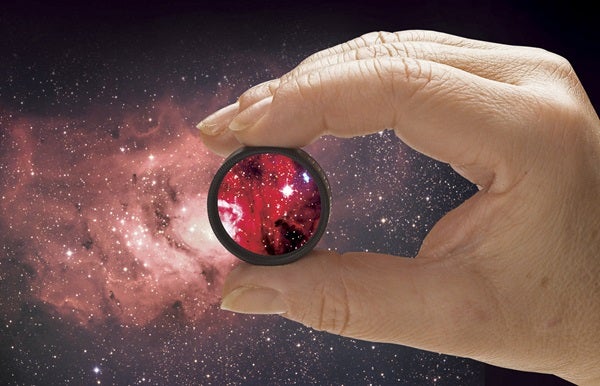Except in the case of color filters (like red, green, and blue), astroimagers don’t use broadband filters because it’s easier to remove byproducts like sky glow when they process their images. Imagers tend to use “narrowband” filters. Three common narrowband filters are Sulfur-II, Oxygen-III, and Hydrogen-alpha. Such filters remove most light, allowing only the specified wavelengths to pass through to the camera. So, these filters highlight specific emissions from nebulae. Later, during processing, imagers assign one of the three colors (red, green, or blue) to the data they captured through each narrowband filter. We label such images “false color” because the final product isn’t a true RGB image. Why take such images? Because they show details in celestial objects that regular color images cannot. — Michael E. Bakich, Senior Editor
Is there a difference between visual and imaging filters?
Kenny Bahmer, Champlin, Minnesota
You can use any filter for imaging, but not all work for visual observing. Filters for visual use (called “broadband” filters) cut out a small fraction of light and increase the contrast of the target. For example, they cut sky glow and enhance the contrast of nebulae.










